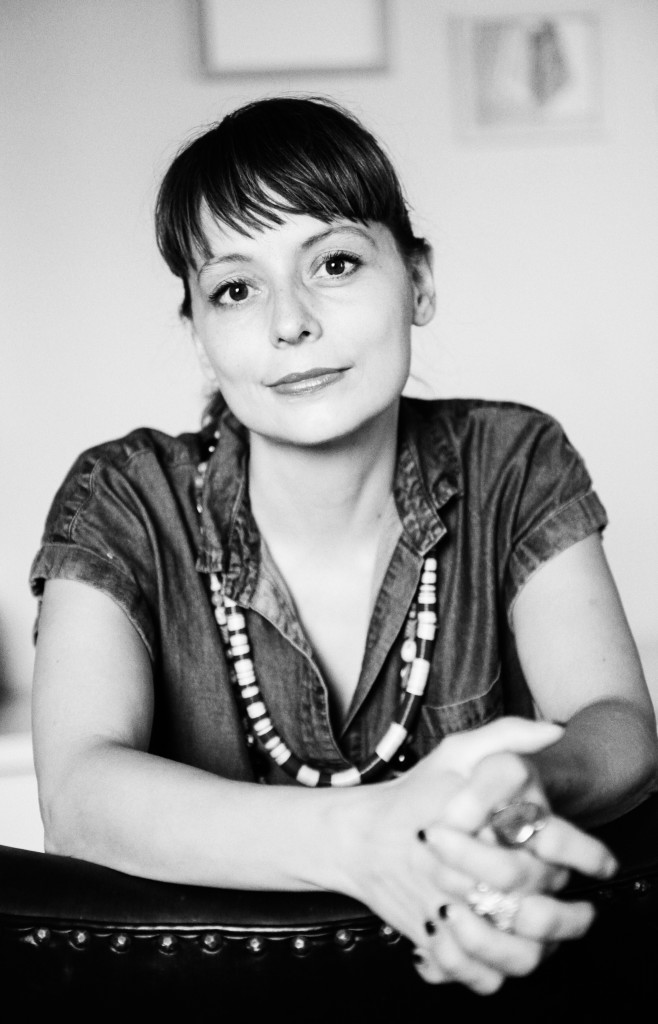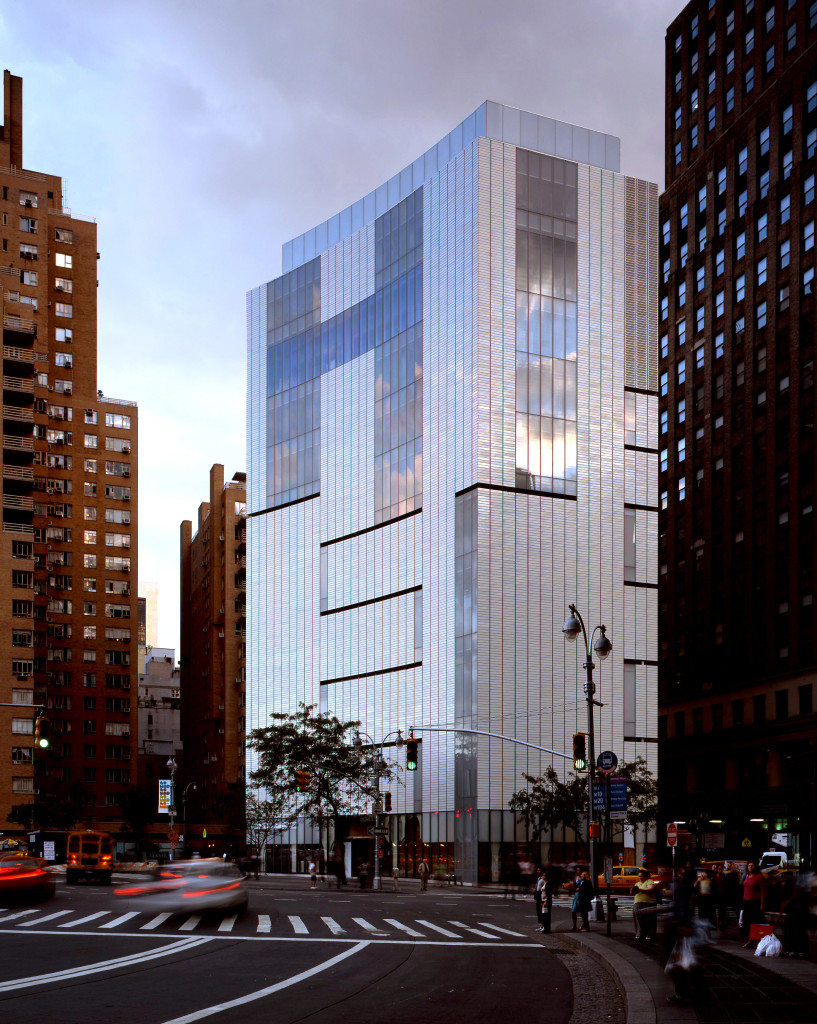Museum of Arts & Design: Interview with Shannon Stratton
by Tara Plath
Shannon Stratton is the William and Mildred Lasdon Chief Curator at the Museum of Arts and Design (MAD) in New York. Prior to her posting, Stratton was the Executive Director for Threewalls, a non-profit organization in Chicago, where she still sits on the Executive Board (see: Jeffreen M. Hayes appointed at Threewalls on Artforum). Stratton discusses her new role at the museum, the similarities and differences between working in Chicago and New York, and her goals for the future of the museum.

Tara Plath: After twelve years as the Executive Director of Threewalls in Chicago, what drew you to the Museum of Arts and Design and how do you see your experience informing your role as the William and Mildred Lasdon Chief Curator?
Shannon Stratton: My experience in Chicago is pretty particular: getting a 501c3 space off the ground that was a champion for paying artists, supporting alternative cultural organizing, and highlighting the work of regional artists with a platform for their work and research is a very grass-roots agenda. Figuring out how to make an impact through an institution while holding onto my values in regards to the art world is a challenge I am up against now. I was drawn to MAD because of my background in fiber art, interest in material cultural, and attraction to the shift in interest, acceptance and importance of “craft”, whether its associated disciplines or its embrace as a term. So I am speculating right now, that I will do my best to bring the ethos of grass-roots art and cultural work into a small museum while attempting to program for a museum with roots in craft through a contemporary, critical art lens. I have to ask myself: how can my values and politics be best deployed here, in a beneficial way for artists and cultural work?
TP: What are your specific plans or goals for the future of MAD?
SS: I have so many things I want to do here that most will come to light over the course of several years. The first things that will be evident from fall 2016 onward are exhibition seasons with shared investigations, themes or concerns across our exhibition floors and programs. Fall 2016 is centered around the themes of transform/transmogrify – focusing on artists who significantly change materials and disciplines, but also the magical power of artists to completely convert how we think about value. As seasons roll out past that point, questions held in common will be identifiable across exhibitions, carefully edited (The Cabinet Magazine of Museums!).
The other thing on my mind right now is overhauling our publishing presence and carving out a space for the Museum as a leader in art and design publishing from the total design of our books, to releasing single essay chapbooks on currents in the field from significant and emerging voices, to utilizing our publishing as a means to work with new and exciting voices in design each year by contracting an annual art director working at the cutting edge of book design.

TP: Your endeavors over the past decade have been defined by artist-centered, artist-run, and alternative spaces – what is the potential and/or challenges you anticipate as a curator in a larger museum institution?
SS: The great thing about MAD is that it has already articulated a vision of being artist centric. Specifically it has a unique residency program right inside the museum that hosts artists in the studio throughout the year. I’m excited to work with Cathleen Lewis (VP of Education) and Katerina Llanes (Manager of Public Programs) in our Education Department to further make good on this artist-centered ethos as we plan the future of our programs. Those politics are deeply important to me, so figuring out how they best fit and can be practiced in a museum setting is a high priority.
TP: While there is overlap and common threads between the contemporary art scenes in Chicago and New York, they have very different environments. What do you most look forward to living and working in New York? What aspects of Chicago’s art scene will you miss most?
SS: Well right away I can tell you I will always miss Chicago (and the Midwest in general) for its academic rigor, constantly renewing artistic energy, serious socio-political art practices, fearless acts of DIY organizing and producing, and deep pride in and commitment to work that is often uncommercial, challenging and complicated. Chicago is the center, the onset, for so many incredible ideas and art careers and populated by remarkable established artists at the heart of several world class art programs. Its gallerists and curators are willing to produce exhibitions and projects that are untested and they execute them with precision. It’s an amazing art center that has formed who I am, I will, yes, always miss it.
New York is a big onion, maybe more than an apple, that has many layers to un-peel. I am excited to start doing that, but that takes time. On the surface there are obviously so many world-class institutions and galleries that it is an embarrassment of riches, but I am excited to get past that layer to what is happening in the artist-run/artist-centered circles, what the new alternative solutions are, what’s happening at the edges—in the boroughs, in the countryside. I am excited to connect with studio programs and buildings, meet artists in the city, and start burrowing in.